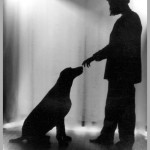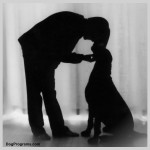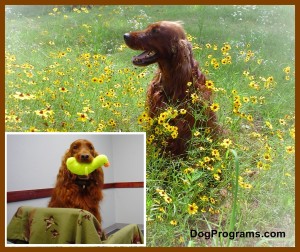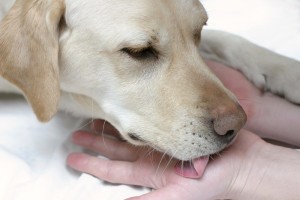July 26, 2014 – By Kris Butler – Dogly behavior has become a popular Rx for affecting human behavior. In hospitals, treatment centers, schools, and in the midst of natural and man-made disasters all across the USA, something really important is happening. Therapy dogs are connecting with people in ways that enhance human healing, learning, self-awareness, and quality of life.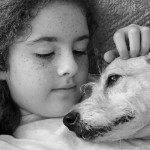
For every therapy dog, there must be a therapy dog handler. The experience of handling a therapy dog involves preparing one’s self and one’s dog to become the best therapy dog team you (both, together) can be. For both the dog and its handler, it’s an ongoing experience of “becoming.”
It’s important for anyone who aspires to become a therapy dog team with a dog to consider how you will prepare yourselves (plural – you and your dog) and how your human aspirations will affect your dog. (more…)


